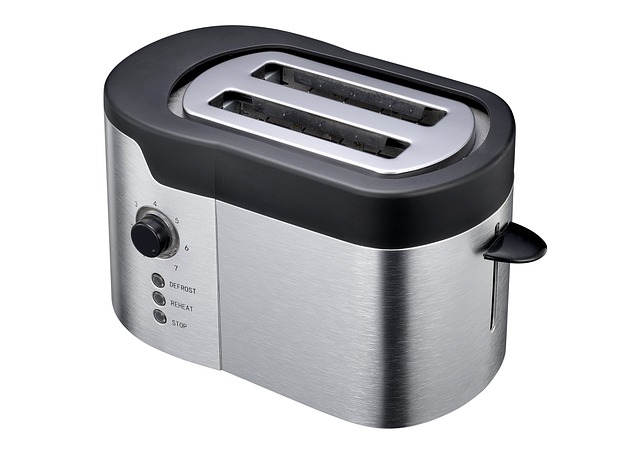Maintaining major appliances in optimal condition requires advanced diagnostics that pinpoint issues precisely and quickly. These diagnostic tools enable technicians to accurately identify and resolve malfunctions, whether they're due to electrical, mechanical, or software problems. By employing these sophisticated methods, repairs are more effective, preventing further complications and safety risks. This approach not only saves on costs by avoiding unnecessary part replacements and reducing labor time but also ensures the longevity of the appliances. Integrating such diagnostics into routine maintenance schedules is crucial for protecting against future problems, thus preserving the consistent functionality of these essential home systems, which are integral to modern living standards. Regular checks and a systematic approach to troubleshooting common issues can significantly extend the life of your major appliances, saving you time and money in the long run.
When a major appliance malfunctions, the disruption extends beyond mere inconvenience; it can impact daily routines significantly. This article delves into the critical domain of comprehensive diagnostics and targeted troubleshooting for a variety of household appliances. We’ll explore the importance of regular diagnostics in prolonging their lifespan and pinpoint common failure points to facilitate early detection and preventative maintenance. Additionally, we’ll guide you through the process of diagnosing issues across various appliance types, including refrigerators, ovens, washing machines, dishwashers, dryers, and microwaves. With step-by-step advice on initial assessment and a decision matrix for self-diagnosis, homeowners can tackle appliance problems effectively. We’ll also cover advanced troubleshooting tips and safety precautions for complex failures, ensuring you know when to call in a professional to handle repairs beyond DIY capabilities. Master these diagnostic skills to keep your major appliances running smoothly.
Unveiling the Importance of Comprehensive Diagnostics for Major Appliances

Regular use of major appliances in households and commercial settings inevitably leads to wear and tear, which can result in various malfunctions. Recognizing these issues promptly is crucial for maintaining efficiency and longevity. Comprehensive diagnostics play a pivotal role in this context, offering a detailed analysis that goes beyond surface-level inspections. By employing advanced diagnostic tools and techniques, technicians can pinpoint the exact cause of malfunctions, whether it’s an electrical issue, mechanical failure, or software glitch within major appliances. This precision in diagnostics not only streamlines the repair process but also ensures that the root problem is addressed, preventing further complications and potential safety hazards. Furthermore, such diagnostic approaches contribute to cost savings by reducing unnecessary parts replacements and labor time, thereby enhancing the overall reliability of the appliance. Incorporating comprehensive diagnostics into maintenance routines for major appliances is not just a reactive measure but a proactive strategy that safeguards against larger, more expensive problems down the line. It’s an investment in the consistent functioning of these essential devices, which are integral to modern living.

When it comes to major appliances, timely and accurate diagnostics and troubleshooting are paramount for maintaining their efficiency and longevity. Homeowners often encounter a range of issues with their refrigerators, washing machines, ovens, and other large kitchen and laundry appliances. A comprehensive approach to diagnostics involves not only identifying the symptoms but also understanding the root cause behind them. This systematic process begins with a clear understanding of the problem at hand, which is then followed by a series of checks and balances to isolate the fault. For instance, if a refrigerator is not cooling properly, a technician will first inspect elements like door seals, thermostat settings, and condenser coils to rule out common issues before moving on to more complex malfunctions. This methodical troubleshooting ensures that each potential problem is addressed with precision, using specialized tools and knowledge of the appliance’s inner workings. By adopting this thorough approach to diagnostics, homeowners can rest assured that their major appliances will receive the care they need to function optimally, thereby avoiding costly repairs or replacements in the future. Regular maintenance and understanding how to troubleshoot common issues can significantly extend the lifespan of these essential household items.
In concluding our discussion on major appliance diagnostics, it’s clear that the integration of advanced technologies and detailed methodologies plays a pivotal role in maintaining efficiency and longevity. Through comprehensive diagnostics, service professionals can effectively troubleshoot and resolve issues promptly, ensuring that households experience minimal disruption. By staying abreast of the latest developments in this field, consumers and technicians alike can better safeguard their investments in major appliances. This approach not only enhances user satisfaction but also supports sustainable living by reducing waste and extending the useful life of essential equipment.
